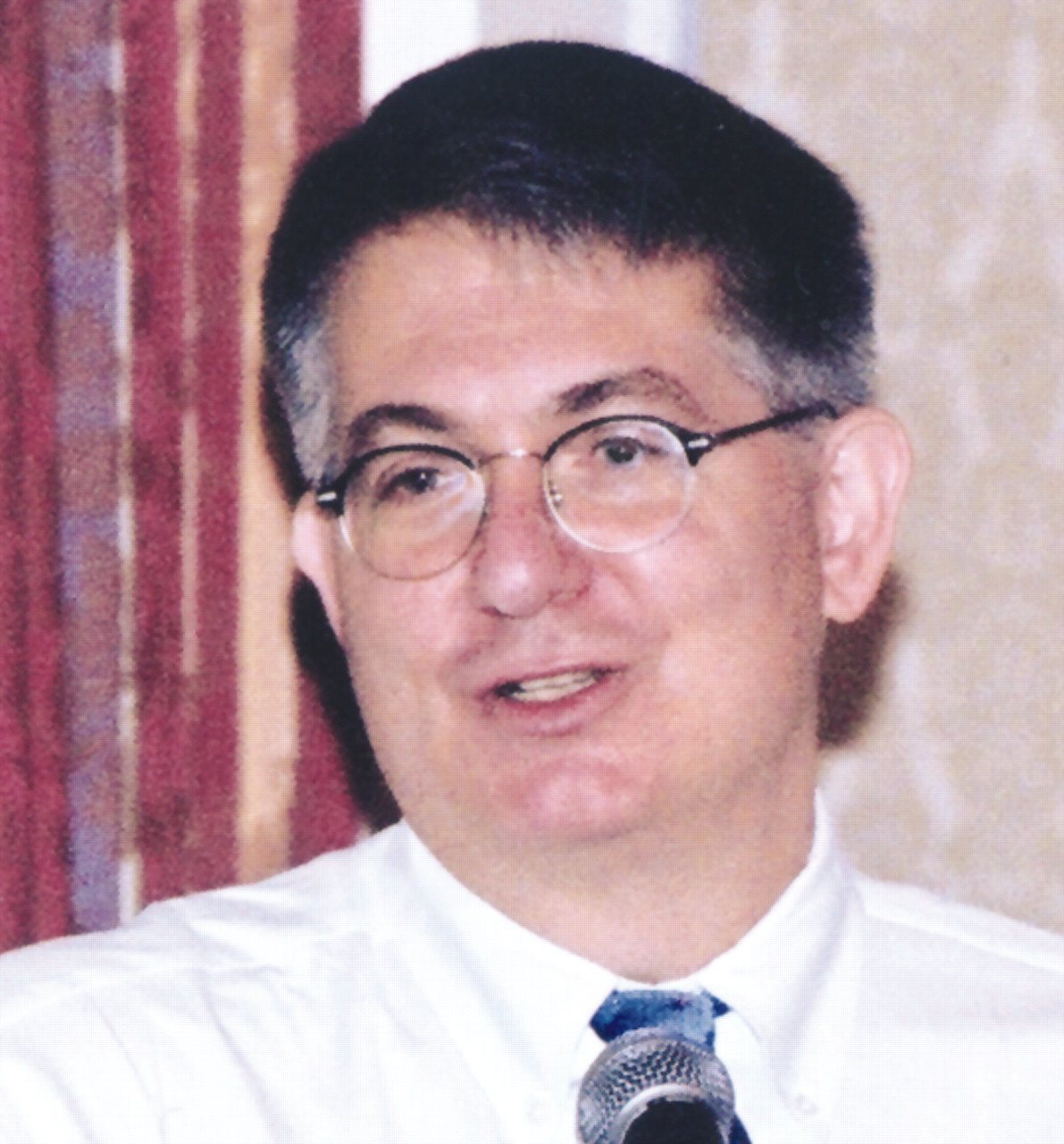In the last two decades a modified form of cognitive-behavioral therapy (CBT) has become a mainstay of treatment for patients with schizophrenia in the United Kingdom, according to a research presentation at APA’s 54th Institute on Psychiatric Services, held last month in Chicago. Yet the approach is noticeably absent in American psychiatric practice.
The situation with CBT in the United Kingdom is such that “if you wanted to propose studying a new psychological treatment, you couldn’t do so without first being asked, ‘Why aren’t you using CBT?’ It’s that pervasive,” noted Peter Weiden, M.D., a professor of psychiatry and director of the schizophrenia research program at the State University of New York Downstate Medical Center in Brooklyn.
Weiden outlined new research on the use of CBT for schizophrenia during his institute lecture. “Most people I know and work with in the United States don’t know anything about it,” he said.
Weiden believes that a main reason behind the two countries’ different thinking is that the “push to promote the biological origins of schizophrenia” has been at the forefront of American psychiatry for more than 30 years. “Yet Freud himself thought the disease was biologically based. It was his disciples who rejected the notion,” he emphasized.
He explained that back in the 1950s and 1960s it was impossible to become the chair of a department of psychiatry unless one was an analyst. Then medications came into use, and the thinking shifted to “Yes, meds are important, but in order to really help somebody, you have to add psychoanalysis. Well, over the years in Europe, that thinking prevailed, while in the United States we really became entirely weighted toward the medication management of schizophrenia.”
The use of modified CBT—or “CBT-like” therapy as Weiden prefers to call the treatment—with schizophrenia patients is not really a new thing. In fact, several recent studies have rigorously studied its effectiveness. Recent studies have noted that it can help improve core symptoms—including both positive and negative symptoms—and can help to make patients more functional for longer periods.
“I really believe this is an effective therapy,” he said. “However, the literature has been mixed. Yet the most recent studies have found significant differences in improvement that are probably greater than [the difference in improvement in] studies comparing conventional and atypical antipsychotics.”
Key Assumptions
“One caution, though—this is not the average CBT,” Weiden noted. “It is very much a modified model or a CBT-like therapeutic model.”
Weiden explained the key assumptions in the model, which make it different from conventional CBT.
First, he said, using the diagnostic label of schizophrenia—or “the S-word”—is unnecessary and actually may be harmful to patients. Patients, he explained, inordinately fear being told they “have a brain disorder, just like Alzheimer’s disease,” a phrase used in patient education material that Weiden recently edited and revised.
Second, the model assumes that psychosis is not a “yes” or “no” phenomenon; it occurs on a continuum. The most overtly psychotic individual, he said, is simply on one end of the spectrum.
Third, what Weiden calls the “cornerstone” assumption of the model is the “stress-vulnerability model. Psychosis is a universal reaction to stress. Everyone gets psychotic with a certain amount of stress; some individuals simply are more vulnerable at lower levels of stress, and some individuals are capable of handling higher levels of stress.”
Ordinary individuals, Weiden said, become psychotic under extreme and extraordinary stress, while someone who is more “psychosis prone” or “stress vulnerable” may become psychotic under lesser levels of stress.
A Different Approach
Using these assumptions, treatment of the patient differs from what would be considered “conventional,” Weiden pointed out.
A key is understanding that a patient’s delusions often have some basis in truth, he said. “An example would be a psychotic patient who yells at you that you are poisoning him with his medications. Well, the patient may have a point. Is it true that you are poisoning this specific patient with these specific medications, or is it true that most psychiatric medications in general are poisonous? The two versions are simply differing applications of the facts.”
Weiden described using “normalization” techniques that may be helpful in the patient’s as well as the physician’s understanding of a patient’s delusions. He gave an example of a young African-American male patient with schizophrenia whom he treated in New York and who was convinced that the police were following him and targeting him for harassment, simply because of his race.
“We discussed the fact,” Weiden said, “that. . .there are cases in which the police where this patient lived—the Bronx—have been found to be racist, the Abner Louima case as one example. So we talked about the difference between the police’s being specifically racist against him versus being racist in general. It helped him to know that his delusional fear was actually somewhat founded and normal.”
By using techniques to explore alternative viewpoints, the psychiatrist helps patients feel less debilitated, Weiden emphasized. They may even learn to analyze their own delusions, looking for alternative viewpoints.
But, he cautioned, the psychiatrist often has to “agree to disagree” with patients when they are not able to see a rational explanation for a delusion. In addition, there is always a worry about “colluding with a patient’s delusions,” something Weiden said therapists must always keep in mind. Also, the approach, being unconventional, can create conflict between members of treatment teams, he noted. And the techniques do not address suicidal or depressive reactions.
“These approaches are not intuitive; they are not the usual way we do things,” Weiden concluded. “And there is rightly a great deal of skepticism, given the history of some psychotherapeutic approaches that have ultimately worsened patients.
“I don’t want to say that these techniques are clearly effective in all patients with schizophrenia at all times,” he said, but the methods deserve more rigorous, controlled study in U.S. populations.
And that is exactly what Weiden is doing. ▪

